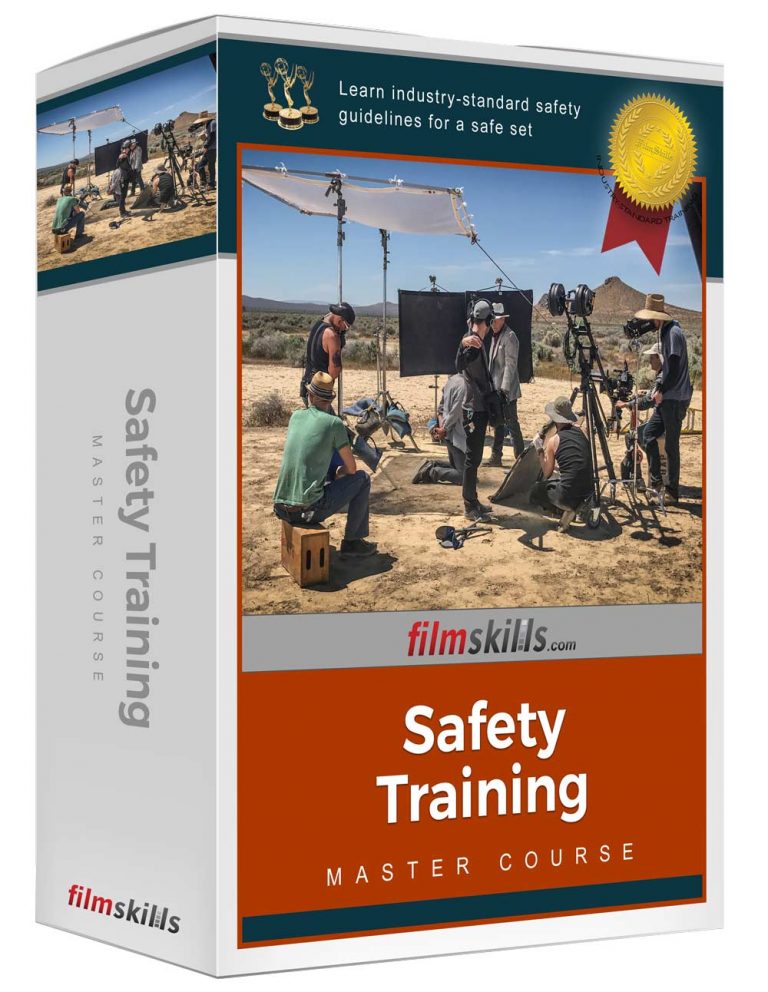A play, story, or movie is nothing more than a short glimpse of a part of a character’s life in a moment of conflict. The audience does not have the luxury of knowing the character from birth, so personality and behavioral traits, quirks, likes and dislikes, and temperaments must be derived during the short time the audience watches the character in action. An actor who plays a character must understand the character’s life up to the point the story takes place. This is called the “backstory.”
Backstory is critical to a performance because people operate on many levels, each level determined by our past. For example, a man may react when provoked in a bar fight differently if:
- He grew up in a poor neighborhood in a single-parent family. His father is in prison for murder and his mother is a drug addict who has resorted to a life of crime to support the family, or . . .
- He grew up in a wealthy house where money was no object. His father is an attorney and his mother a congresswoman.
When creating a character’s backstory, determine:
- How was the home life? What was the character’s relationship with parents, siblings, and extended family? What conflicts were there?
- How was the character in school? What was the best memory of school? The worst memory? Was the character teased? Was he or she popular? An outcast? How did this affect the character later in life?
- What is the character’s job history? Is he or she frustrated at work? Ambitious? Lazy? Always waiting for the big break?
- Who are the character’s friends and enemies?
- How did the character get to the point at which the story begins?
Although much of this backstory doesn’t appear in the script and will not appear on screen, it is critical to helping an actor determine how to play a role or how to react in a given situation if he fully knows and understands his character’s past.
Write out the backstory for every character in the story. Create a detailed character profile as if you were writing the character’s biography. In addition to broad points, create a variety of specific moments (scariest moment, happiest moment, a moment when the character experienced death) for the actor to refer to when on set.























